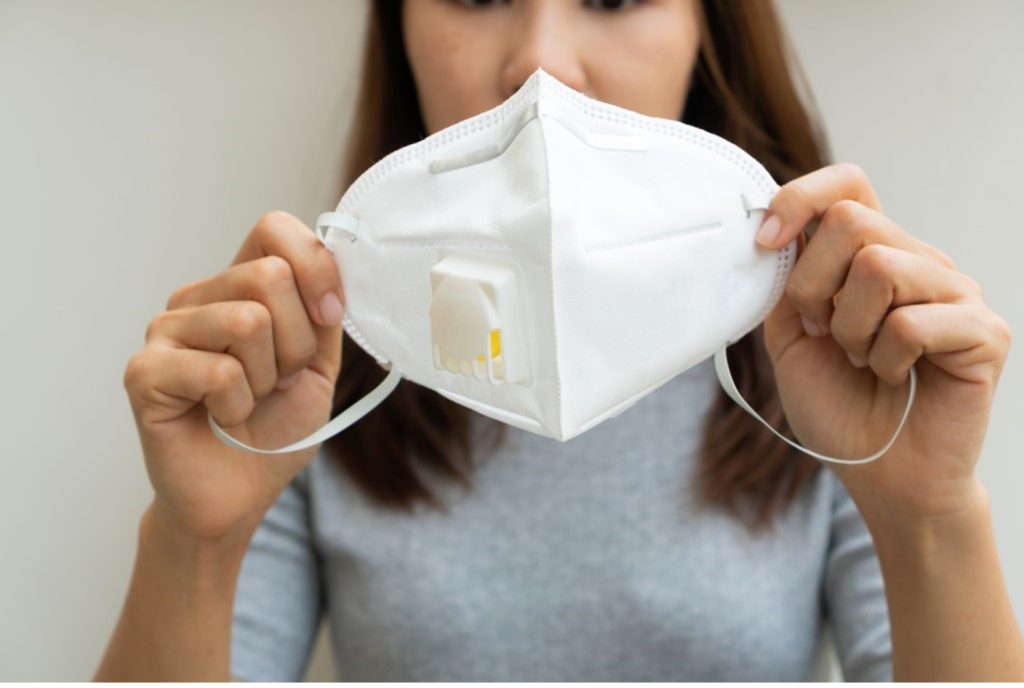Today, I experienced another aspect to the constant barrage of challenges nursing homes face. It was an obstacle I have not encountered before now. Typically, I butt heads with the state regulatory department, but today’s discord was with a facility’s corporate leadership. I’m still a bit shocked. The facility’s corporate leadership has taken the stance of “We will go beyond what is recommended to protect our residents and staff.” Spoken aloud and on paper this is a wonderful approach. Who doesn’t want to have their loved one staying in a facility that is going above and beyond to protect their residents and staff? What’s the problem? The problem lies with the unforeseen consequences of implementing a blind “We will do more” policy, as this strategy can actually cause harm as feasibility and practicality suffer.
The current state and federal guidance to prevent, contain, and or mitigate COVID-19 in nursing homes is VERY rigorous. More so than even our hospitals are being asked. This makes sense, as the residents are living in a congregate setting and are a very high-risk population. The problem with going above and beyond the already rigorous requirements is that this may cause additional burden to the staff taking care of the residents. Consequently, any extra burden and pressure on staff at this time is actually pushing healthcare workers to and beyond their limits, which translates to lower quality care.
The CDC recommends that all nursing homes implement source control measures such as having everyone in a facility wear a face mask. While not a normal practice, it’s an obvious and effective prevention practice that protects the environment from potential COVID-19 droplets or respiratory particles. If there is community-wide spread of COVID-19, which nearly all communities are experiencing, the CDC recommends nursing homes to consider implementing universal eye protection in addition to universal face masks. Because the supply chain is still not meeting demand, the nursing homes are reusing the face shield and must implement a process for cleaning and disinfecting the face shield at a minimum before and after their shift as well as any time they leave a COVID-19 positive room, quarantine room, or if it becomes visibly soiled. No problem, you may say, however, the actual process of cleaning and disinfecting the face shield can require up to 15 steps which takes additional time, resources, and education.
Still, it’s worth it as our staff and residents need to be protected by covering the mucous membranes of the mouth, nose, and eyes. A perfect example of rigorous but needed policy currently in place.
Where I believe facilities are going one step too far is requiring every individual in the facility, whether they work with residents or not, whether there is COIVD-19 in the facility or not, to wear an N-95 respirator. I will address the issue here, but first let’s take a look at what the CDC says about respirators: A respirator is a personal protective device that is worn on the face, covers at least the nose and mouth, and is used to reduce the wearer’s risk of inhaling hazardous airborne particles. Healthcare personnel should be medically cleared and fit tested if using respirators with tight-fitting facepieces (e.g., a NIOSH-approved N95 respirator) and trained in the proper use of respirators, safe removal and disposal, and medical contraindications to respirator use.
In addition, The CDC recommends universal source control in facilities located in areas with moderate to substantial community transmission:
- Wear eye protection in addition to their facemask to ensure the eyes, nose, and mouth are all protected from exposure to respiratory secretions during patient care encounters.
- Wear an N95 or equivalent or higher-level respirator, instead of a facemask, for:
- Aerosol generating procedures (refer to Which procedures are considered aerosol generating procedures in healthcare settings FAQ) and
- Surgical procedures that might pose higher risk for transmission if the patient has COVID-19 (e.g., that generate potentially infectious aerosols or involving anatomic regions where viral loads might be higher, such as the nose and throat, oropharynx, respiratory tract)
Some medical professionals suggest that COVID-19 is lingering in the air in the nursing homes and therefore, to best protect the staff and residents, the universal use of N-95 masks should be required. This may be true, however, here is the drawback: In facilities that have implemented this policy, I am seeing some issues and the staff are NOT doing well!!! Many, if not most of these nursing homes have NOT been fit-tested to the N-95 masks. They only have one type of N-95 mask which typically doesn’t fit very well. It’s like requiring every person in the facility to wear a size 6 shoe size. If it doesn’t fit, too bad, this is the requirement now. If non-compliant, you could lose your job. What do you do if it simply does not fit? Well, I’ve seen the staff cut the mask or straps to fit to their face, thereby rendering it ineffective for its purpose. I also see the staff wearing the face shield on top of their heads so they can breathe better, which leaves them further unprotected.
When I brought these issues up to the corporate leadership, I was told that resident health is top priority. While this is an outstanding sentiment, we must remember that going “above and beyond” isn’t always the best practice. Keeping our frontline workers healthy and safe is just as important. Let’s think about the unintended consequences of going “beyond” our national public health recommendations as we can be doing more harm than good.
Let’s follow the guidance of our trained and educated public health authorities who have decades and decades of experience based on evidence-based practice.
Thank you to all of our healthcare worker superheroes out there. Be safe and be well.

